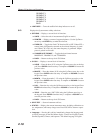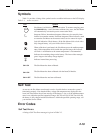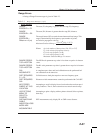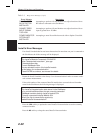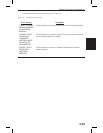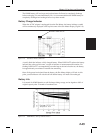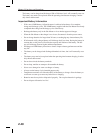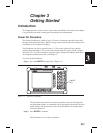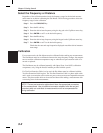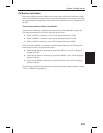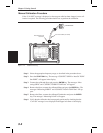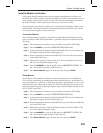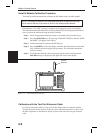
The battery can be charged and discharged 300 to 500 times, but it will eventually wear out.
The battery may need to be replaced when the operating time between charging is notice
-
ably shorter than normal.
Important Battery Information
·
With a new NiMH battery, full performance is achieved after three to five complete
charge and discharge cycles. The NiMH battery supplied with the Site Master has already
completed three charge and discharge cycles at the factory.
·
Recharge the battery only in the Site Master or in an Anritsu approved charger.
·
When the Site Master or the charger is not in use, disconnect it from the power source.
·
Do not charge batteries for longer than 24 hours; overcharging may shorten battery life.
·
If left unused a fully charged battery will discharge itself over time. Storing the battery in
extreme hot or cold places will reduce the capacity and lifetime of the battery. The bat
-
tery will discharge faster at higher ambient temperatures.
·
Discharge an NiMH battery from time to time to improve battery performance and bat
-
tery life.
·
The battery can be charged and discharged hundreds of times, but it will eventually wear
out.
·
The battery may need to be replaced when the operating time between charging is notice-
ably shorter than normal.
·
Do not short-circuit the battery terminals.
·
Do not drop, mutilate or attempt to disassemble the battery.
·
Never use a damaged or worn out charger or battery.
·
Always use the battery for its intended purpose only.
·
Temperature extremes will affect the ability of the battery to charge: allow the battery to
cool down or warm up as necessary before use or charging.
·
Batteries must be recycled or disposed of properly. Do not place batteries in garbage.
·
Do not dispose of batteries in a fire!
2-26
Chapter 2 Functions and Operations



